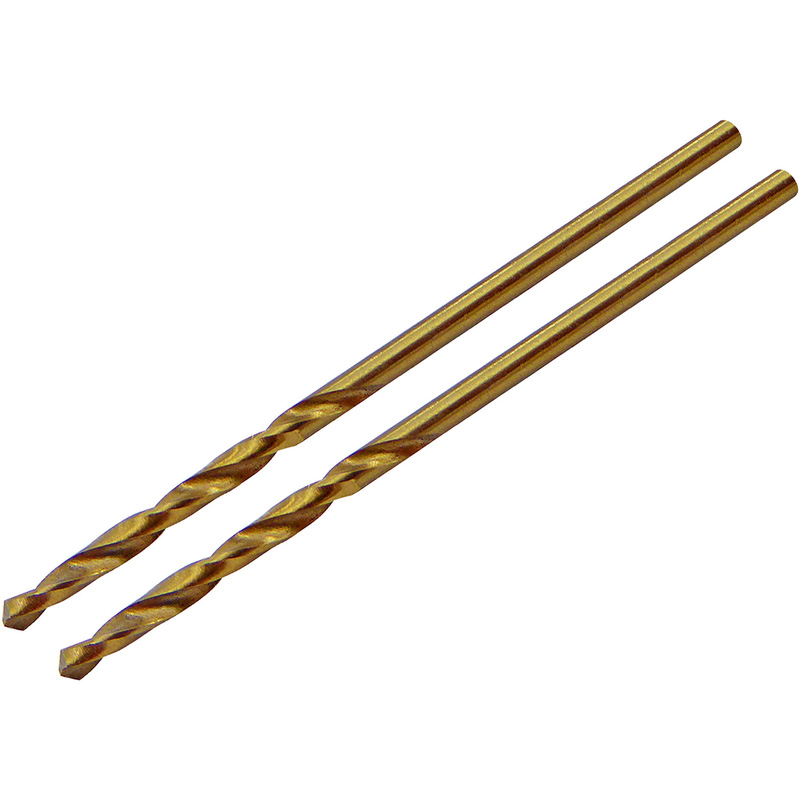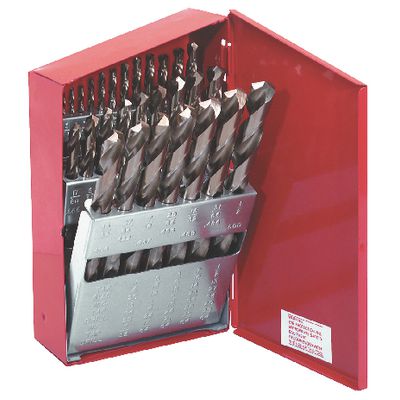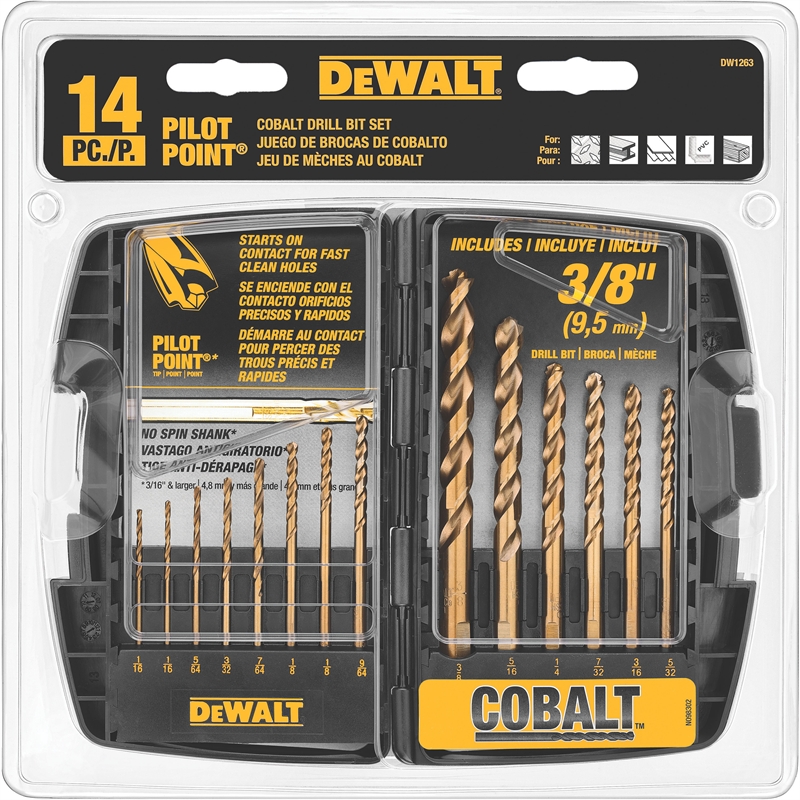
Not only does carbide provide cutting speeds at least four to eight times that of cobalt, but far higher feedrates as well. How much more depends on the manufacturer and tool geometry, but you can figure at least twice the price for substantially greater tool life and perhaps 10-20 times the metal removal per drill.Ī similar argument can be made for everything from high-end kitchen appliances to CNC machine tools, and if your shop has one of the latter, don’t short-change its potential by using low-cost drills and other cutting tools. As with anything that offers greater performance, carbide cutting tools cost significantly more. The answer comes down to the job quantity, machine setup and rigidity, and available budget. And when breaking through into intersecting holes as in the manifold example just given, the feedrate should be reduced slightly until the drill stabilizes. This means that proper alignment is critical for tool life and hole accuracy (which is true of any drilling operation). This is carbide’s only Achilles’ heel-where cobalt will flex a fair amount in the face of radial cutting forces, carbide will in many cases shatter.

After this come replaceable tip modular drills and indexable insert drills for larger holes (say anything above 1-1/2" in diameter).Īt 82 HRC, give or take, tungsten carbide is much harder than cobalt or HSS. Since we’re comparing cobalt drills to those made of carbide, we won’t delve too deeply into the different types of carbide drills except to say that solid carbide is the closest equivalent from a size, length, and application perspective. Since then, this extremely hard and wear-resistant material has consumed an enormous swath of the cutting tool market, drill bits included. McKenna developed the first indexable carbide cutting tools. It's been around for nearly one hundred years but didn't come into widespread use as a cutting tool material until after World War II, when Kennametal founder Philip M. That brings us to tungsten carbide, more commonly referred to as carbide or sometimes cemented carbide.

The user must therefore take extra care to align them properly and avoid the radial tool pressures that might occur when drilling into intersecting holes (hydraulic manifolds, for example) and angled surfaces. The only caveat is that cobalt drills, due to their greater hardness, are more brittle than HSS. Cobalt, however, will in most cases last longer than its less wear and heat-resistant cousin, and as we've seen, run much faster besides. It’s also important to note that, despite what some websites suggest, there’s no such thing as a titanium drill bit (only drill bits coated with one or more of the thin film materials just mentioned).Īs to the question “when should a cobalt drill bit be used," the answer is straightforward: anywhere you would use an HSS drill. This last point is important, since all cutting tools, whether they are HSS, cobalt, or tungsten carbide (more on this shortly), benefit from coating, be it TiN (titanium nitride), TiAlN (titanium aluminum nitride), or one of the other many tool coatings available on the market today. Either way, be sure to follow the cutting tool manufacturer's recommendations. That doesn't seem like much difference, but together with cobalt's greater heat resistance, it supports higher cutting speeds-depending on the brand and whether the drill is coated, this might mean 50% faster spindle RPM and commensurately higher feedrates. Where "regular" M2 HSS comes in at a hardness of around 62 HRC, M35 starts at 65 HRC and M42 measures 67 or so. Read on.Ĭompared to regular M2 tool steel, M35 and M42 are indeed super. Despite their broad popularity, relatively low cost, and excellent mechanical properties, you’ll soon see why HSS and its cobalt counterparts aren’t always the best cutting tool materials for your drilling application. It’s this last group, HSS, that we’re here to discuss today, along with that most widely used of all cutting tools, the drill bit. These include D2, A2, H13, S7, and other tough, heat-treatable, and wear-resistant metals used to make everything from plastic injection molds to stamping dies to high-speed steel (HSS) cutting tools. This list is by no means complete, but we’d be remiss in not tagging a few members of the tool steel family. Steel and all its many alloys-stainless among them-range from “cuts like butter” to “why do I keep breaking tools?” There’s soft, stringy aluminum and polymers like ABS, Nylon, and Teflon.Ĭast iron is relatively abrasive but nowhere near that of glass and fiber-filled composites.

Nickel-based superalloys like Inconel and Hastelloy are called “super” for a reason. Machine shops, maintenance personnel, and the manufacturing community overall face off against a veritable universe of different materials each day:


 0 kommentar(er)
0 kommentar(er)
